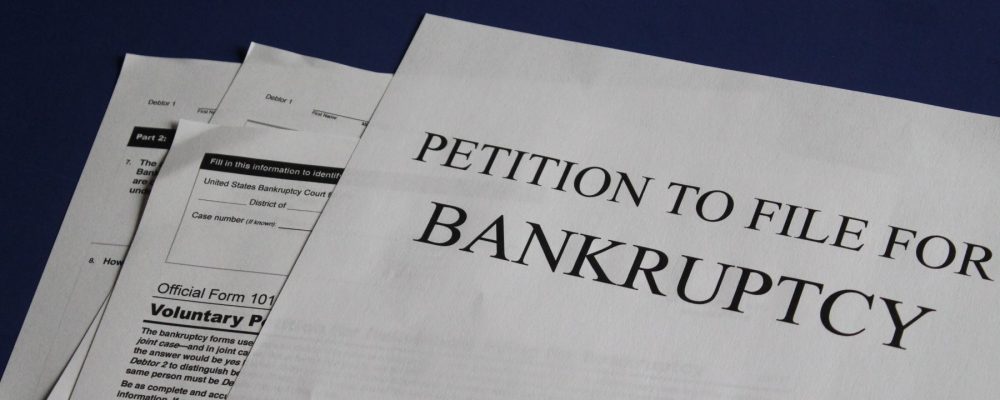People find themselves in financial difficulty for many reasons. Typically we meet with people who have debts arising from business failure or job loss, marital problems, illness or from generally poor spending habits. For some, seeking Credit Counselling Services in Toronto can provide the guidance they need to navigate these challenges. Moreover, for those seeking a bankruptcy alternative, our Consumer Proposal Services in Toronto offer a structured approach to deal with debt in a manageable way.
For those in need of bankruptcy service in Toronto, we provide comprehensive support to help you through the process. Additionally, for businesses grappling with significant debts, our Corporate Proposal service offers an avenue to negotiate manageable repayment terms without fully succumbing to bankruptcy.
What is important to know is that you can be debt free in as little as 9-months.

